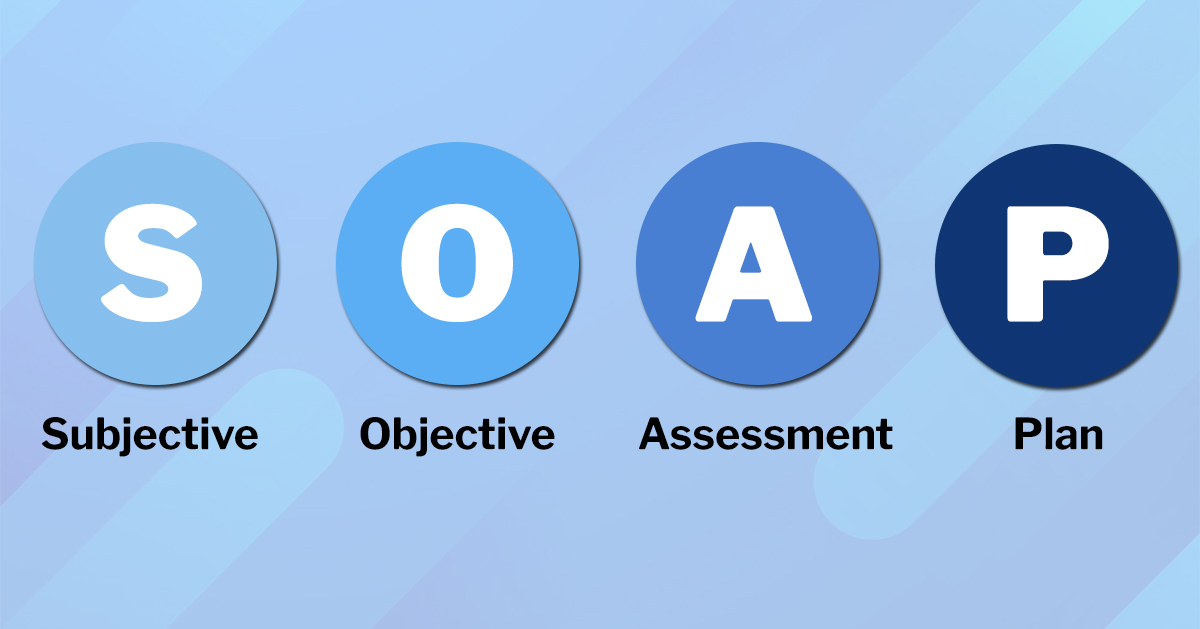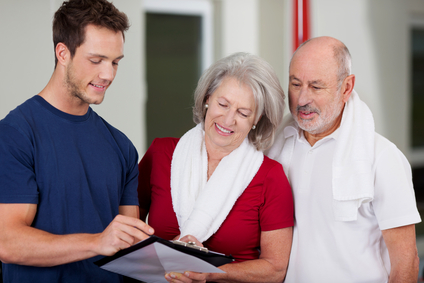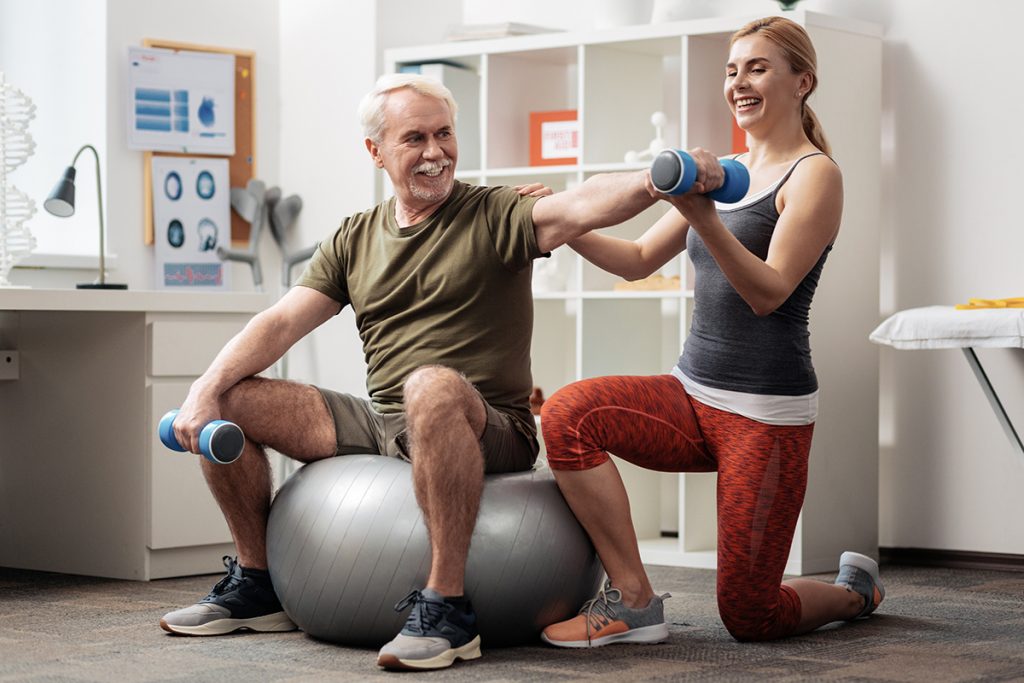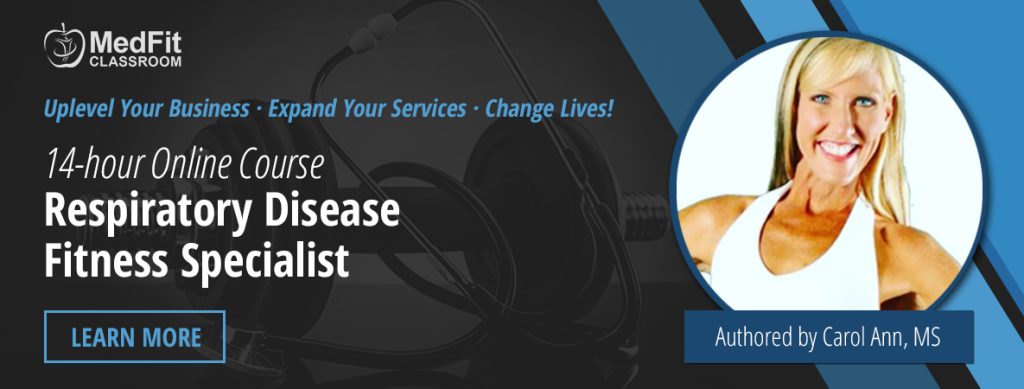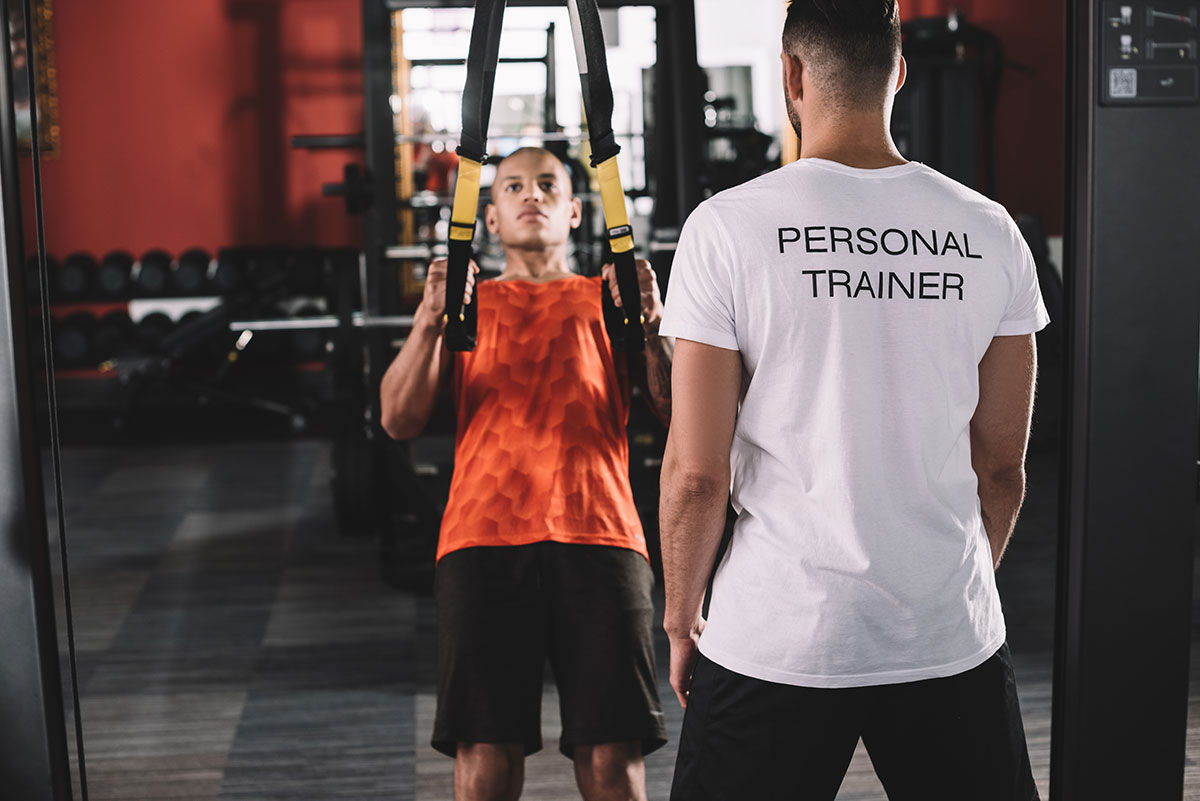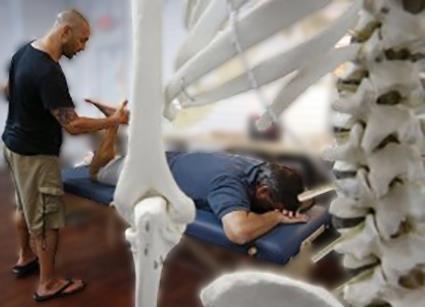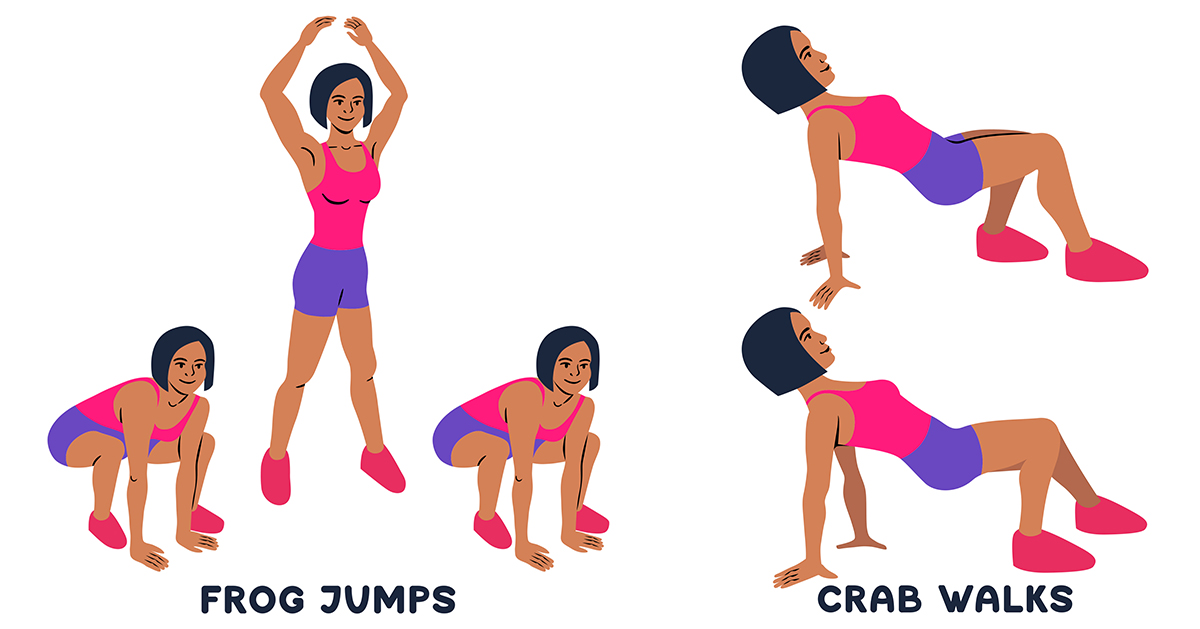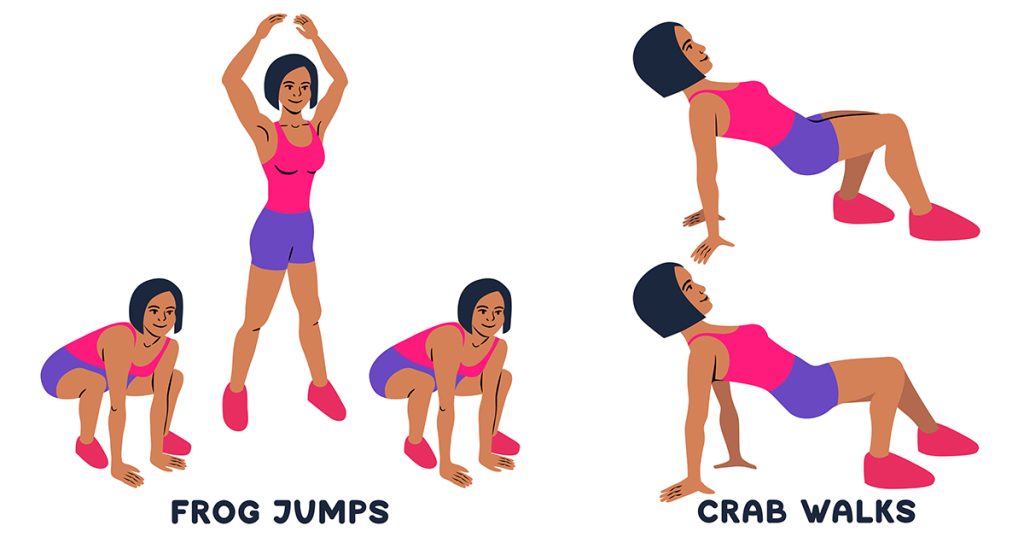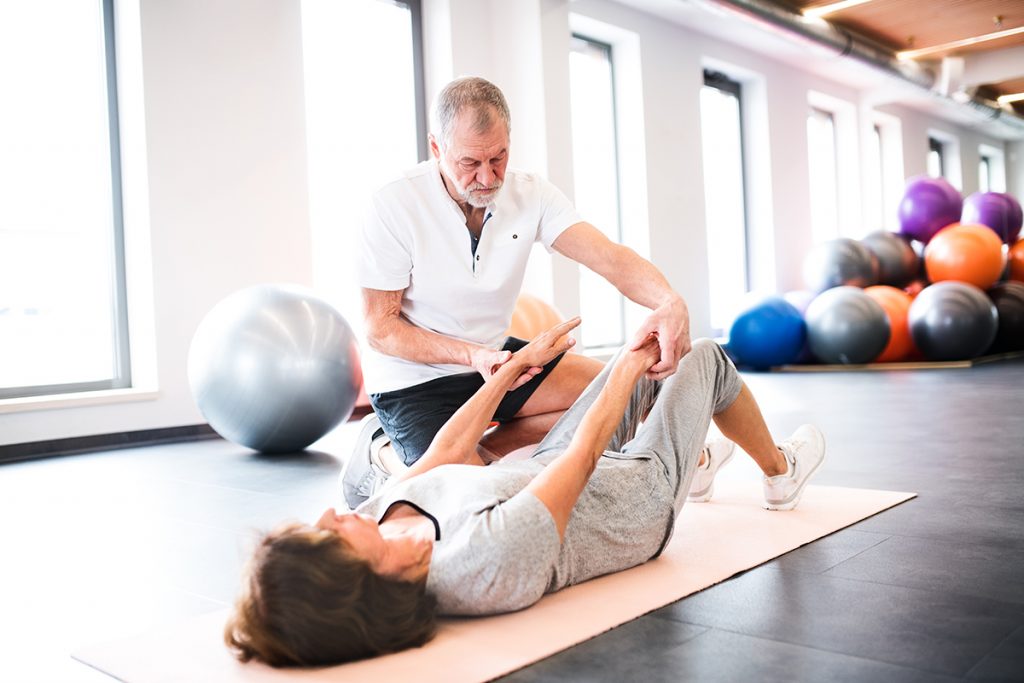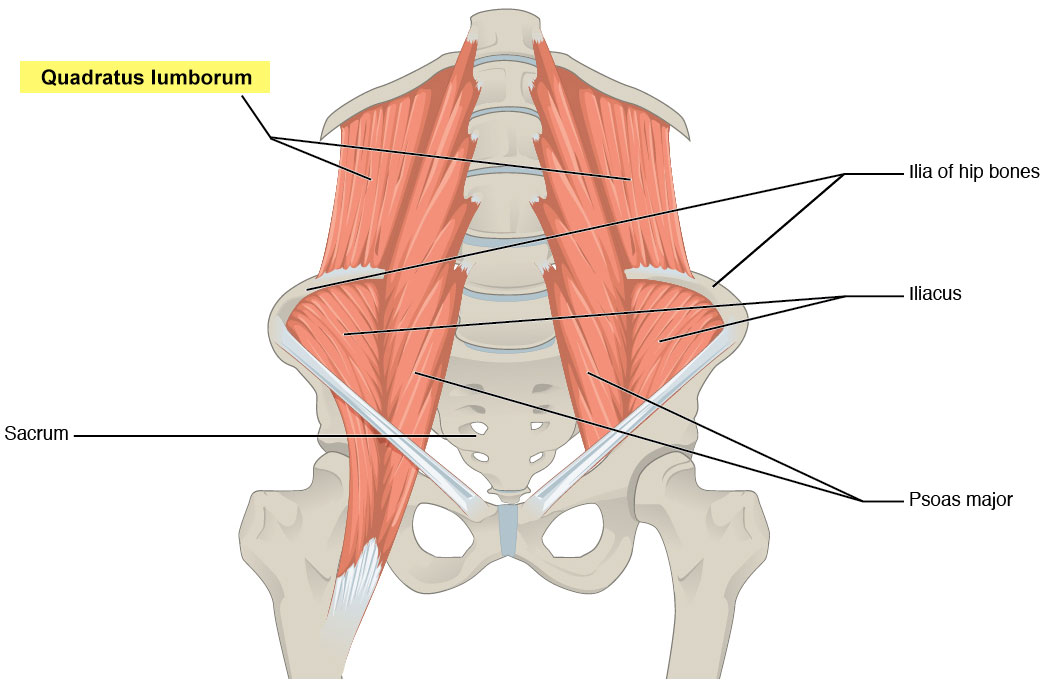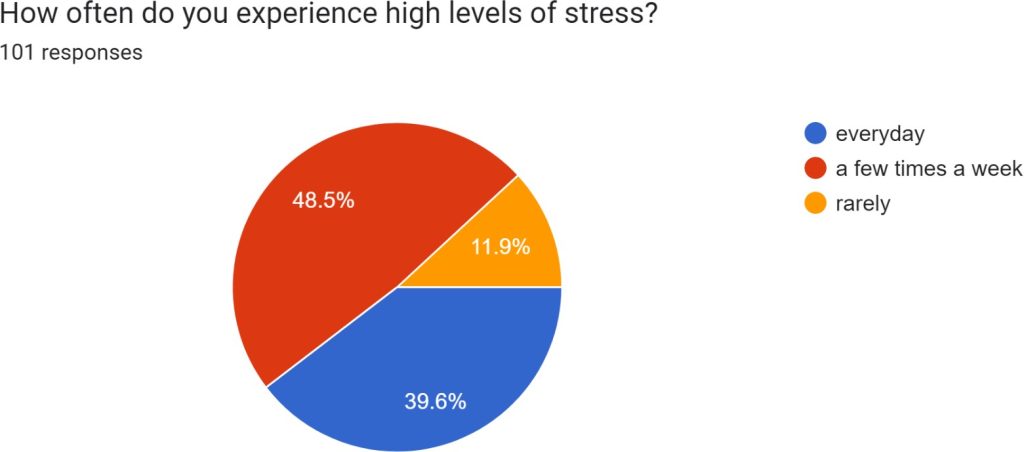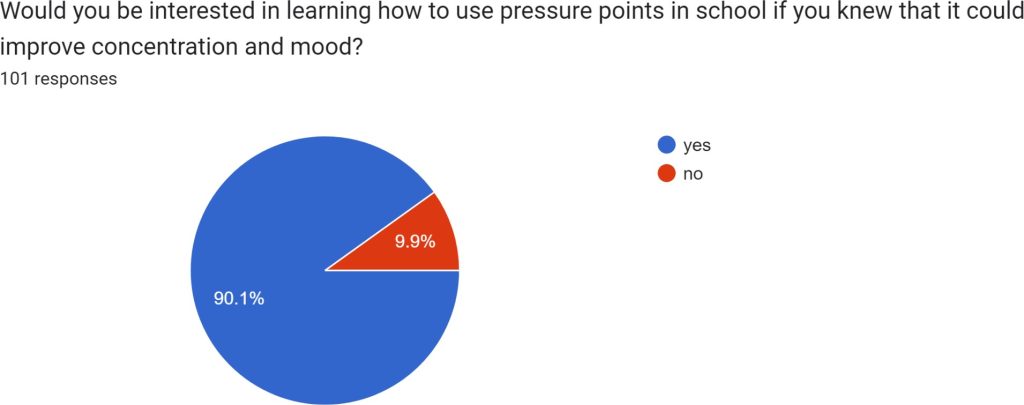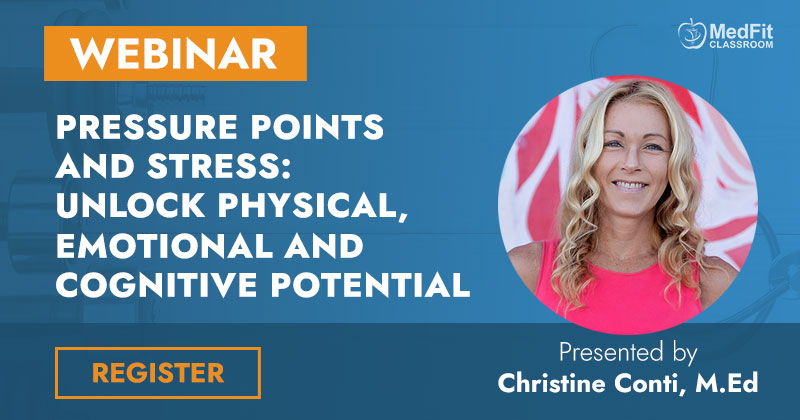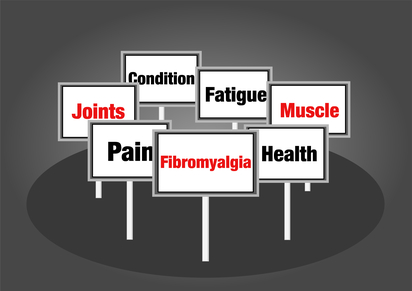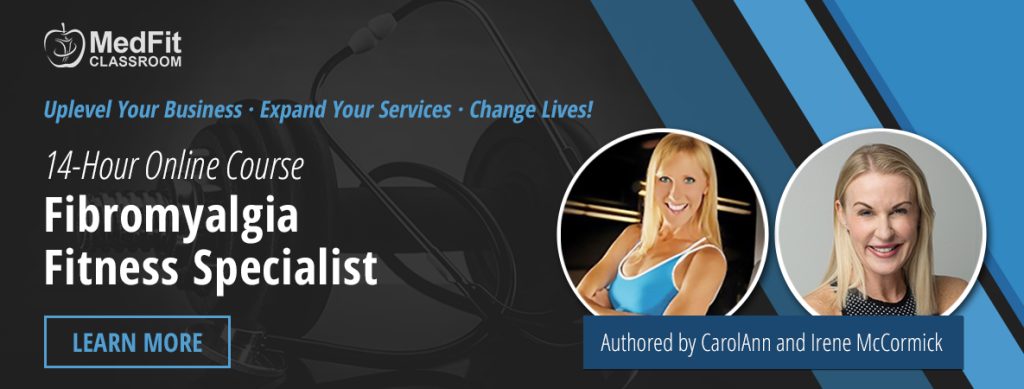Using the SOAP Note Format for Medical Fitness Clients
The SOAP note format, the acronym of which stands for Subjective, Objective, Assessment, and Plan, is one of the standard document formats that healthcare providers use to document patient information and treatment progress. This article will take you through the format and teach you how to use it with your medical fitness clients.
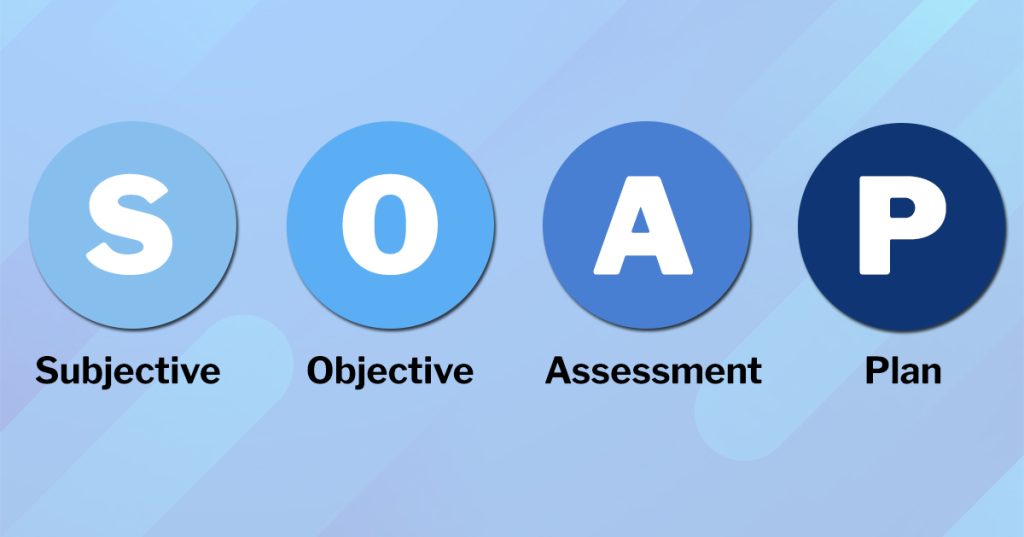
The Subjective section will include the Chief Complaint of the client/patient, which is the reason they are working with you. This can be an official diagnosis from a licensed healthcare provider, such as Type 2 Diabetes Mellitus, or a symptom of a condition that is causing quality-of-life reduction, disability, or pain. You are not diagnosing any disease, injury, or health condition. You are merely stating the reason for the visit. You can include a brief patient medical history in this section, though you should strive to be succinct in your summary. The healthcare provider for your patient already knows their conditions and struggles and does not need a full page on the topic.
The Objective section is for vitals, how the client/patient presents at the visit physically and psychologically (attitude) and any recent lab or imagery results that are pertinent to your scope of practice and the patient’s Chief Complaints. When documenting the results of lab tests, only record what was tested and whether the result (such as fasting blood glucose levels) falls within normative values for the client/patient population. When documenting imagery results, record the type of imagery and the reviewing technician’s assessment (such as an MRI that shows posterior rotator cuff tears). The vitals you can and should take are heart rate, blood pressure, weight, and today’s pain rating on a 1-10 scale if applicable.
The Assessment section is typically used by healthcare providers for differential diagnosis, which is outside your scope of practice. The Assessment section will consist of your statement on the client/patient’s conditions and how they currently influence their fitness and general health. This can include notes on nutrition and physical activity levels. If the client/patient is presenting with an issue that session, such as restriction in shoulder flexion past 80 degrees, you will document that as well. If joint ROM is a focus of the client/patient’s training plan you should assess this at the beginning of the session and document the current ROM state relative to the previous session or baseline evaluation.
The Plan section is where you record the client/patient training for the day. This is also where you will annotate future training/care plans, such as periodization and progression. This section tells the healthcare provider exactly what you are doing with their patient and enables them to provide you with objective feedback on your training plan if necessary. Your training plan should reflect all guidelines and restrictions the patient’s healthcare provider has given you.
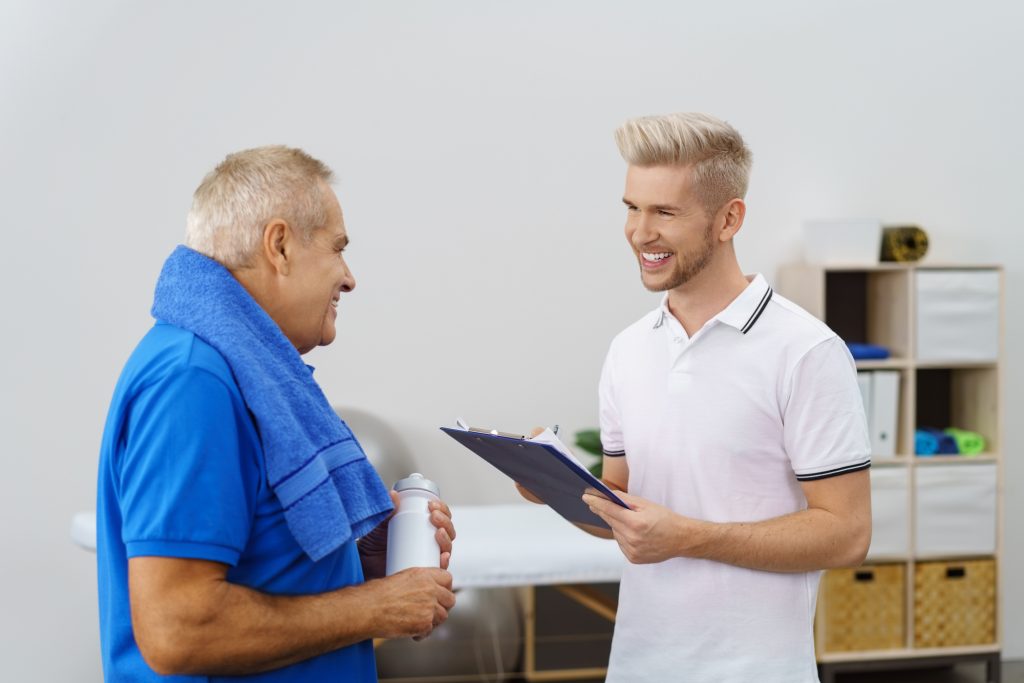
The following is an example of a completed SOAP note:
Date: 5/1/2023
Patient Name: John Q. Public
Provider/Trainer Name: Slone, J.
Subjective:
Chief Complaint: pain secondary to posterior rotator cuff partial thickness tear, restriction in ROM due to said injury, weakness of posterior RC due to injury. Pt is alert, attentive, and appears in good spirits and motivated.
Objective:
HR: 85
BP: 120/90
WT: 241lbs
PAIN: 2/10 at rest
Assessment:
Horiz. Shldr abd. restricted to 70/90 degrees, dull, achy pain during concentric posterior RC movement that improves during warmup. No active shldr flex today. Shldr ext does not provoke pain. Ext. rot. does not provoke pain.
Plan:
Today’s Care:
Warmup: arm bike 5min @ RPE 3-4
2×12-15 low face pull w/medium-light band within pain-free ROM
2×12-15 horiz. Abd. w/light band within pain-free ROM
2×8-10 ext. rot. w/light band within PF-ROM
2×8-10 scap retrac. w/medium band
2×3-5 overhead eccentric weight bearing, 3lbs, no pain
2x30s cross-body posterior RC stretch
2×10/12 finger ladder steps within PF-ROM
Future Care:
Continue with periodized RT to build function and strength within PF-ROM. Improve joint restriction through flexibility plan. Adhere to PCP guidelines.
This not unlike what a completed SOAP note in a physical therapy clinic would look like. Objective measures that a PT would use are measured joint ROMs with a goniometer (visual estimation is nearly as accurate in most cases and is acceptable for you to use). In a PT clinic, the Plan would also include treatment modalities, which are outside the trainer’s scope of practice (massage, manual therapy, e-stim, heat, cold, etc).
While you are not required to use this format with your clients/patients, it is of great benefit to use a standardized format that ensures you capture all pertinent information and are able to relay that to allied healthcare providers.
Here is a Word document template for the SOAP note format that you may download and use with your patients: SOAP Note Template.
Reprinted with permission from the Move Well, Live Well blog.
Joshua Slone is an Exercise Physiologist and Pain Therapist. He serves as Rehab Team Lead/Physiologist at the Center for Health in Yucca Valley, CA. His clinical expertise includes chronic pain management, joint replacements, sport and orthopedic injuries, complex medical condition management, geriatrics, degenerative neurological conditions, and psychiatric disorders. Visit his website, movewelllivewell.org
References
- https://en.wikipedia.org/wiki/SOAP_note#:~:text=The%20SOAP%20note%20(an%20acronym,such%20as%20the%20admission%20note.
- https://www.ncbi.nlm.nih.gov/books/NBK482263/
- https://www.simplepractice.com/blog/4-common-mistakes-to-avoid-when-writing-soap-notes/
- https://www.carecloud.com/continuum/how-soap-notes-paved-the-way-for-modern-medical-documentation/

